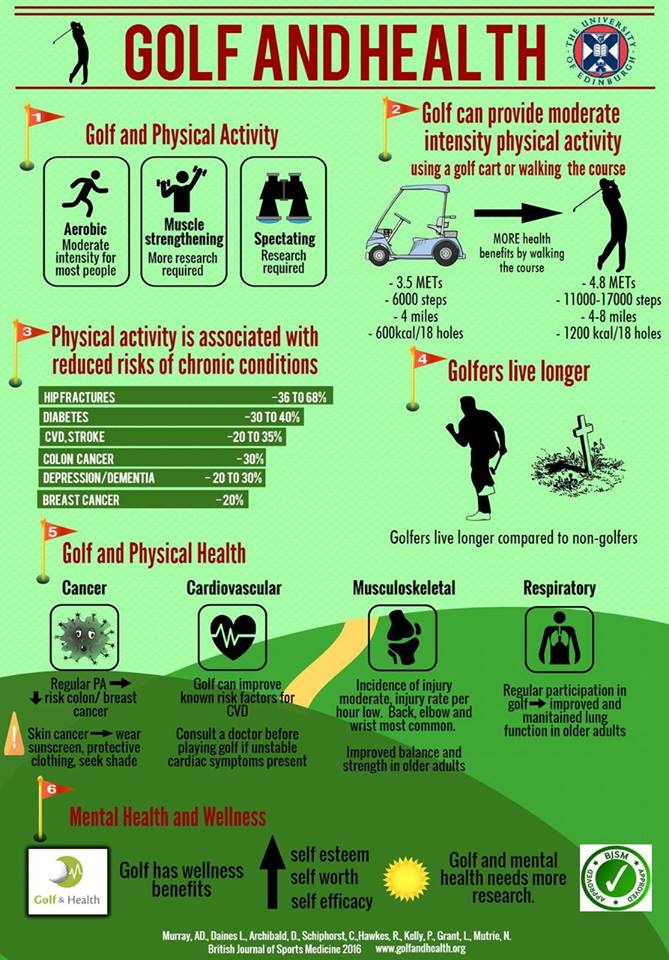IMPROVE MY GAME
Articles
How Golf Clubs Are Using Fitness To Engage, Attract And Retain Members
The above video was put together by the team at VGM Club featuring TPI instructors Lance Gill and Mark Blackburn and our partner Life Fitness at our Level 1 seminar in Boston. VGM Club specializes in providing services to private and public golf clubs related to agronomy, food and beverage and pro shop. They visited our Level 1 seminar in Boston last winter to showcase the benefits that a fitness facility and medical practice can have on a golf club.
In the video, Marc Berry and Jim Murray of Life Fitness referenced a success story at Mariner Sands Golf Club in Stuart, FL. Recognizing the importance of offering a fitness program to its membership, Mariner Sands constructed an 8,000 sq ft, state-of-art facility with the help of Life Fitness. Just three months after making an initial $200,000 investment in fitness equipment, they had done over $50,000 in training revenue (meaning they were on pace to pay off their initial investment in less than a year).
As Lance mentioned in the video, 70% of golfers are playing in pain or have played in pain. Adding medical and fitness services can help a membership become healthier and more active, translating into more revenue for a club.
It's not just fitness professionals who are touting the growth opportunity, either. Golf industry analysts point to fitness and wellness as the future for golf clubs.
The following excerpts are from a post by the Club Managers Association of America and written by Frank Vain, President of McMahon Group, a private club consulting firm. In the post, Vain extolls the virtues (and necessity) of offering robust fitness and wellness services to engage and attract members.
"While golf may have been the dominant force driving country club membership since the end of World War II, health, fitness and wellness and more inclusive recreation will be the identifying characteristics over the next 20 years. This is where society is going. It is a response to a profound shift in interests and values, particularly among younger members and prospects. This may not be the stretch it seems at first. The majority of early country clubs in the U.S. were formed to provide a healthy outlet for member recreation. So it is not so much that the desire or intent is different as much as it is that our definition and expectations as to what constitutes healthy exercise has changed. Walking a golf course at the turn of the 20th century was exercise. Spending an hour in the fitness center or participating in a Power Flow Yoga class is increasingly the norm.
This continued evolution will be so powerful that over the next decade the average country club will look more like a sports center surrounded by a golf course. In addition to golf it will offer fitness and wellness. This means there will be standard exercise options as well as functional training like TRX, TPI, Muscle Activation Therapy (MAT) as well as spa, nutrition, joint rehab, physical therapy and athletic and sport-specific training."
When we started TPI, fitness was almost a foreign concept in golf. Now it's becoming ubiquitous across all levels, from professional tours to collegiate programs to introductory programs. Think about where it will be in another 15 years.
"This approach is right in the wheelhouse for country clubs. While many have been slow to adapt to the fitness and wellness revolution, the fact is wellness is in their DNA. Extensive research on aging shows that people with plentiful social connections live longer than those without such a network. The evidence is also overwhelming that people who exercise live longer on average that those who don’t. According to dozens of studies, regular physical activity reduces risk of heart disease, stroke, diabetes, some forms of cancer, and depression. Exercise may even help you stay mentally sharp into old age. The more mentally active a person is, the longer it takes for accelerated memory decline to begin. Mental stimulation delays the start of memory decline, studies show. What they are seeking is to maintain their health so they can enjoy that blessing to its fullest."

"So while the golf culture was allowed to take over the country club landscape these past 30 years or more, the primary reason most members are in a club is because they are social animals. They have the lifestyle and personality that thrives on meeting new people and networking. In order to stay current with new societal focus on wellness, private clubs need to rethink their recreational offerings. As noted, a part of this is refocusing the golf program to counter declining play and utilization. Due to time constraints and other factors, the future of golf will be more about practice, fitness and training than actual course play. Look at today’s professionals. They are athletes in the fullest sense of the word and that is translating to the exercises, clothing, shoes and training enjoyed by amateurs. The future of country club golf will include enhanced outdoor and indoor golf practice and training areas. As computer graphics continues to advance, you will see more indoor experiences and games. Think Topgolf, but on an indoor scale. This could be a foursome in an area of the clubhouse or fitness center playing Pebble Beach or working on their game. Learning centers with the latest technology will increase dramatically so the players can have the tools and skills they need when they have the time to actually play 9 or 18 holes."
Golf isn't necessarily a declining sport, it's an evolving sport. Associating fitness and wellness activities with golf will be one of the ways the sport grows over the next decade.
"In addition to individual workouts, personal training and traditional exercise classes, members will be participating in nutrition lectures, yoga workshops for active aging bodies, Muscle Activation Techniques to ease chronic pain or overcome injuries that prevent them from enjoying their favorite recreational activities. Creating a lecture series covering a wide range of topics to help with active aging and the link between diet and exercise to promote healthy living will generate a following and more activity."
Once you've assembled a team of professionals, use them to promote education and engagement among members. More informed members have a better chance to be healthier and more active members, the lifeblood of successful golf clubs. We see COUNTLESS examples of successful educational programs/forums like these all over the country. If you want advice, reach out. We'd be happy to connect you with TPI Certifieds who are doing this well.
"While golf formed the identity of the modern country club, health, fitness and wellness will be the overarching characteristic of the future club. This is in response to the greater awareness that exists throughout society for just how much control and influence people have over their physical and mental well-being. And while the golf culture for a time replaced wellness as a key element of the membership experience, we are simply returning to our roots with this renewed emphasis on health. It’s why most clubs started and it will be a strategic pillar supporting their relevance and success in the future."
We were ahead of the curve in golf fitness. It's been incredible to have had a front row seat in watching the industry grow and new opportunities develop. As long as people are playing golf, offering services and education related to the physical nature of the sport will be valuable. Golf fitness isn't a fad, it's a movement that will only become more relevant and integrated in the future.
For more information on upcoming seminars, check out the certification section of our site: http://www.mytpi.com/certification
